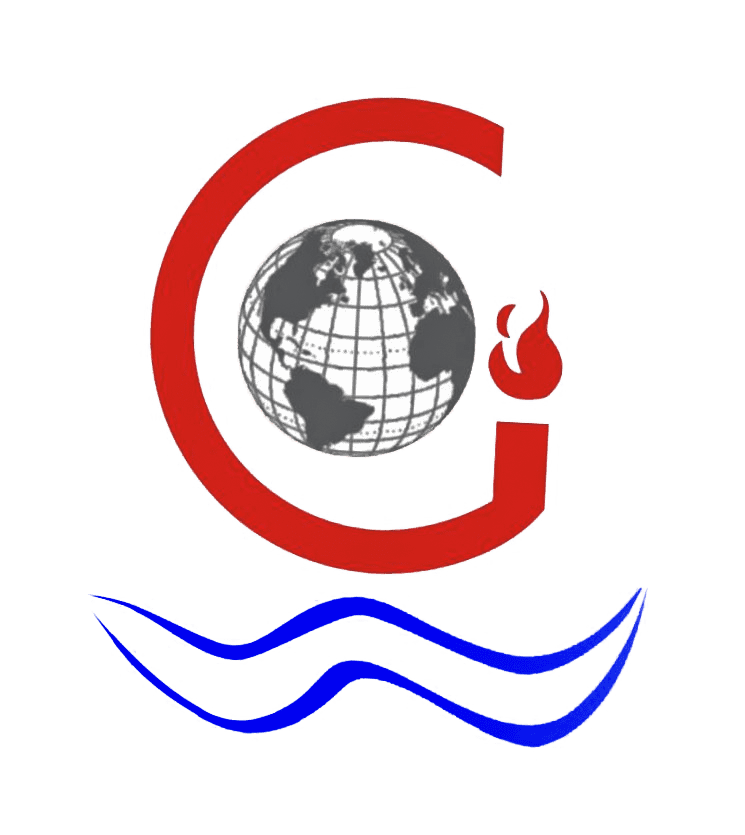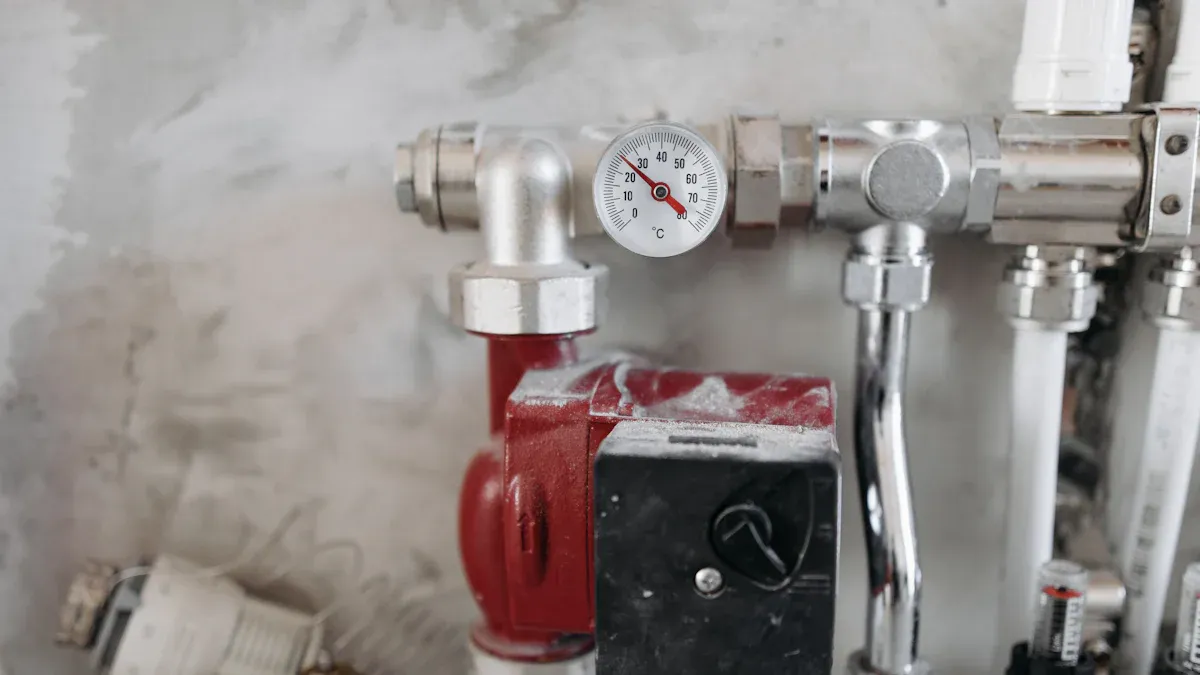
High water pressure in fire systems creates serious risks. It can damage equipment, reduce firefighting efficiency, and compromise safety. For example, the tragic incident at One Meridian Plaza in 1991 highlighted how improperly set pressure reducing valves can endanger both firefighters and building occupants. High-rise buildings face additional challenges, as excessive pressure can strain fire protection equipment, which typically handles up to 175 psi.
To address these issues, I rely on the Pressure Reducing Valve E Type by NB World Fire. This valve ensures consistent water pressure, protecting both systems and lives. Its robust design and compliance with international standards make it a trusted choice among top fire hydrant valve manufacturers.
Key Takeaways
- The Pressure Reducing Valve E Type keeps water pressure steady. It protects fire systems and helps fight fires better.
- Installing and maintaining the E Type valve is very important. This ensures it works well and lasts a long time.
- The E Type valve helps follow safety rules and laws. It lowers risks and makes fire control more effective.
- Buying good valves like the E Type saves money over time. It needs less fixing and lasts longer.
- Picking a trusted maker like NB World Fire is smart. Their products are strong and work well in emergencies.
Understanding the Pressure Reducing Valve E Type
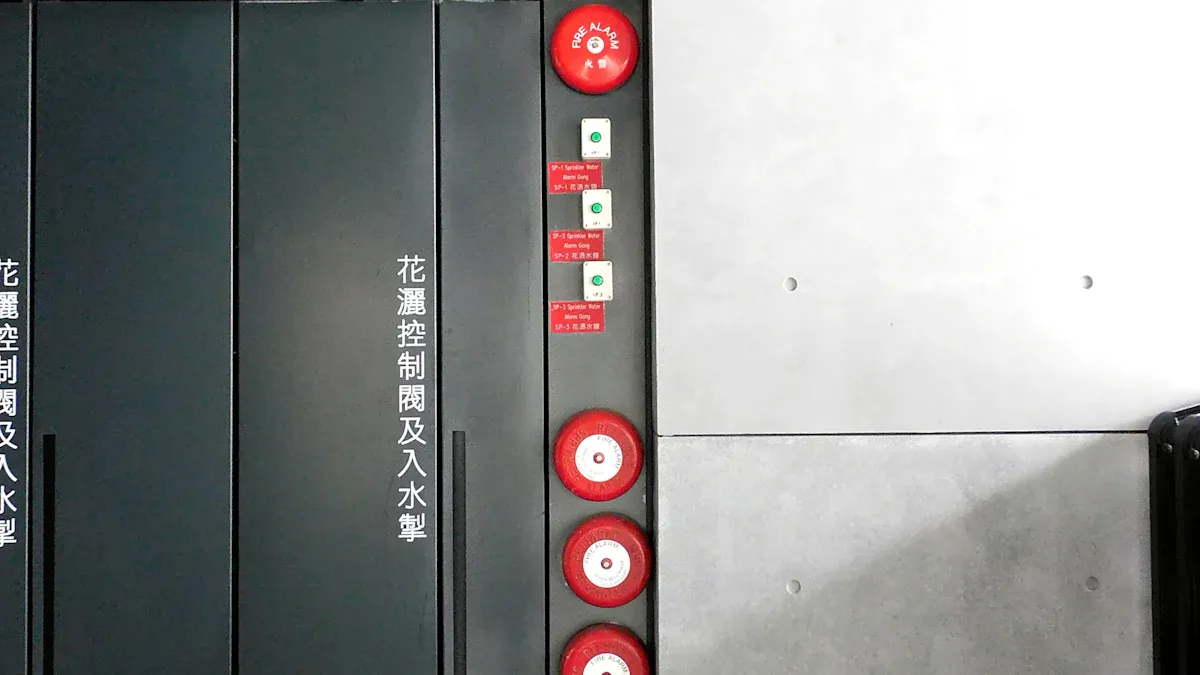
Definition and Purpose
The Pressure Reducing Valve E Type plays a vital role in fire protection systems. It ensures that water pressure remains consistent, even when the inlet pressure fluctuates. I see it as a safeguard that prevents excessive pressure from damaging equipment or reducing the effectiveness of fire suppression efforts. This valve is specifically designed to regulate water flow, making it an essential component in both on-shore and off-shore firefighting applications. Its purpose is clear—to maintain safety and efficiency in critical situations.
Key Features and Specifications
The E Type valve stands out due to its robust construction and high-quality brass material. It can handle a nominal inlet pressure of up to 20 bars, which makes it suitable for a wide range of scenarios. One feature I find particularly impressive is its ability to maintain a constant outlet pressure, even when the inlet pressure varies between 7 and 20 bars. Users can adjust the outlet pressure between 5 and 8 bars to meet specific system needs.
The valve also boasts a minimum flow rate of 1400 liters per minute, ensuring ample water supply during emergencies. Its internal casting minimizes flow restrictions, which helps it meet stringent water flow test requirements. With compliance to BS 5041 Part 1 and certifications like ISO 9001:2015, this valve meets international standards. These features make it a trusted choice among top fire hydrant valve manufacturers.
Role in Fire Protection Systems
In fire protection systems, the E Type valve ensures that water pressure remains within safe limits. I’ve noticed how this consistency protects equipment from wear and tear, extending its lifespan. It also enhances the efficiency of fire suppression by delivering the right amount of water pressure to extinguish fires effectively. Whether in high-rise buildings or industrial facilities, this valve adapts to various conditions, ensuring reliable performance. Its role is indispensable in maintaining the integrity of fire safety systems.
Challenges of High Water Pressure in Fire Systems
Risks of Equipment Damage and Wear
High water pressure can wreak havoc on fire protection systems. I’ve seen how sudden pressure surges, often referred to as water hammer, can cause severe damage. These surges create pressure waves that may exceed 50 barg (740 psi), far beyond the typical working pressure of 12 barg (175 psi). The results can be catastrophic.
- Piping systems may crack or even burst under the strain.
- Valve casings can fail, leading to leaks or complete system breakdowns.
- Instrumentation, designed for lower pressures, often malfunctions or becomes unreliable.
These issues not only compromise the system’s functionality but also lead to costly repairs and downtime. That’s why I always emphasize the importance of using a reliable pressure-reducing valve like the E Type to mitigate these risks.
Inefficiency in Fire Suppression
When water pressure is too high, fire suppression systems often fail to perform as intended. I’ve noticed that excessive pressure can disrupt the spray patterns of sprinklers or nozzles, reducing their effectiveness. Instead of a controlled and even distribution of water, you might get erratic sprays or misting, which can leave critical areas unprotected.
This inefficiency can delay fire extinguishment, increasing the risk of property damage and endangering lives. By maintaining consistent pressure, the E Type valve ensures that water reaches the fire in the most effective manner. This consistency is especially crucial in high-rise buildings and industrial facilities where every second counts.
Safety and Compliance Concerns
Maintaining proper water pressure isn’t just about performance; it’s also a matter of safety and compliance. Fire safety standards like NFPA 20 require the use of pressure relief valves to prevent overpressurization in fire pump systems. NFPA 13 emphasizes the need for adequate water pressure to meet the demands of the most challenging areas in a sprinkler system. Additionally, NFPA 25 highlights that insufficient pressure can render a fire sprinkler system impaired.
I’ve found that adhering to these standards not only ensures the safety of occupants but also avoids potential legal and financial repercussions. Using a certified product like the E Type valve, which complies with international standards, helps meet these stringent requirements. This is why top fire hydrant valve manufacturers prioritize quality and compliance in their designs.
How the PRV E Type Resolves High Water Pressure Issues
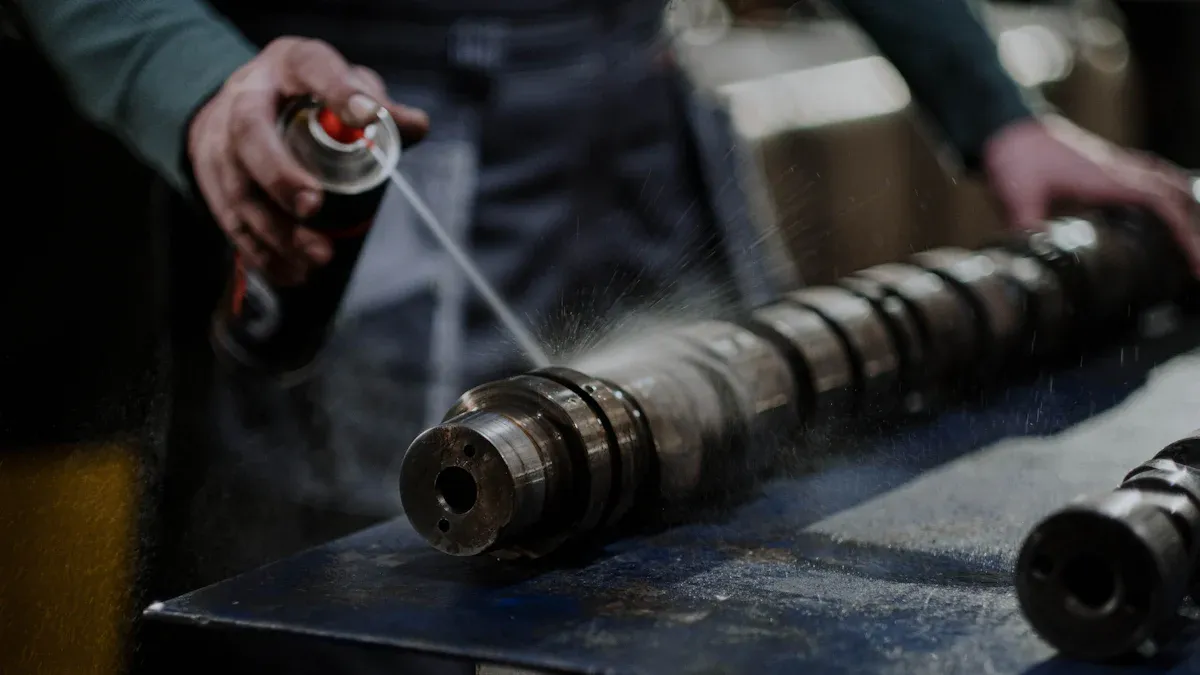
Mechanism of Operation
The PRV E Type operates with precision to regulate water pressure effectively. I’ve observed that its mechanism relies on two key components:
| Mechanism Type | Function |
|---|---|
| Pressure-control valve | Balances water pressure in an internal chamber against a spring to compensate for inlet pressure variations. |
| Pilot-operated PRV | Considered reliable for controlling pressure, often preset for specific locations in buildings. |
This design ensures that the valve adjusts to fluctuating inlet pressures, maintaining a steady outlet pressure. I’ve seen how this flexibility prevents damage to pipelines and ensures efficient service to users. The PRV E Type also responds quickly to varying demand conditions, making it a dependable choice for fire systems.
Design Features for Enhanced Performance
The PRV E Type stands out due to its thoughtful design. Its robust brass construction ensures durability, even in demanding environments. I appreciate how the internal casting minimizes flow restrictions, which helps maintain consistent water delivery. The valve’s ability to handle inlet pressures up to 20 bars and maintain outlet pressures between 5 and 8 bars offers adaptability for various fire protection scenarios.
Another feature I find impressive is its high flow rate of 1400 liters per minute. This ensures that sufficient water reaches the fire during emergencies. The valve’s compliance with international standards, such as BS 5041 Part 1 and ISO 9001:2015, further highlights its reliability. These features make it a preferred choice among top fire hydrant valve manufacturers.
Benefits of Using the PRV E Type in Fire Systems
Using the PRV E Type in fire systems offers several advantages. First, it protects equipment by preventing overpressurization, which reduces wear and tear. Second, it enhances firefighting efficiency by delivering consistent water pressure, ensuring effective fire suppression. Third, it helps meet safety and compliance standards, which are critical for avoiding legal and operational risks.
I’ve noticed that traditional performance metrics often fall short in evaluating PRVs under variable demand conditions. The PRV E Type excels by maintaining accuracy in target pressure regulation and minimizing peak pressure during control operations. This makes it a reliable component for water distribution networks, especially in high-rise buildings and industrial facilities.
Practical Guidance for Installation, Calibration, and Maintenance
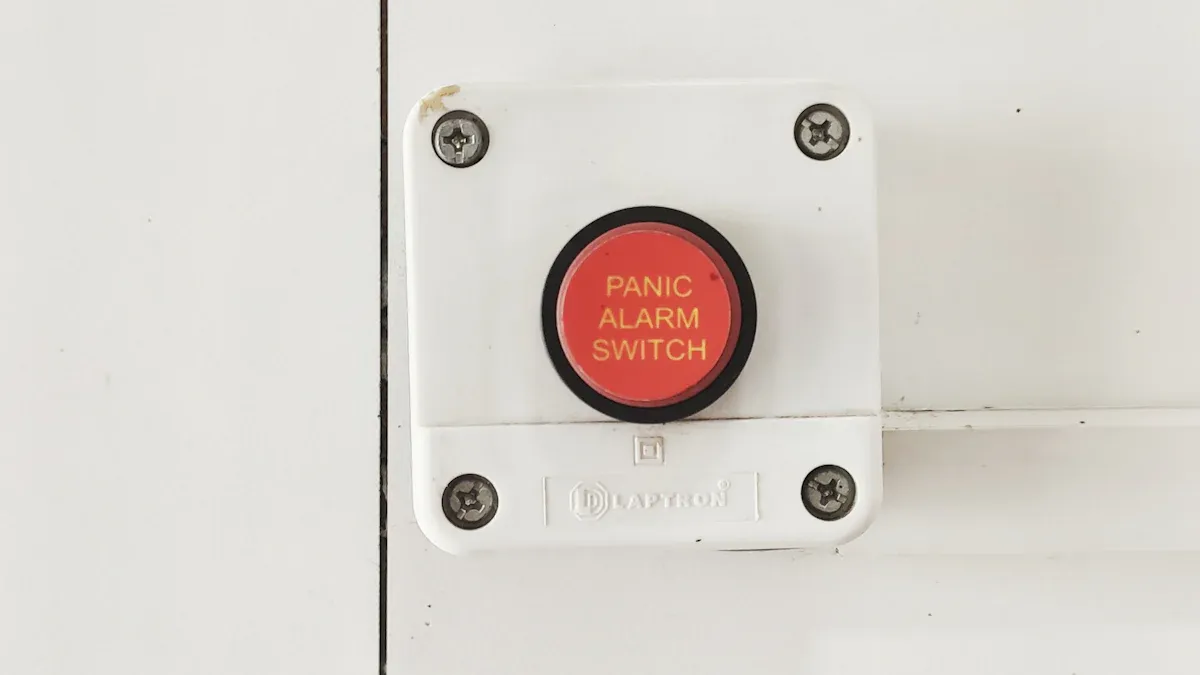
Steps for Proper Installation
Installing the Pressure Reducing Valve E Type correctly is crucial for optimal performance. I always start by ensuring that the valve is compatible with the system’s specifications. Here’s a simple checklist I follow:
- Inspect the Valve: Before installation, I check for any visible damage or defects.
- Positioning: I ensure the valve is installed in the correct orientation, with the flow direction matching the system’s design.
- Connection: Depending on the setup, I use either the flanged or screwed inlet to secure the valve.
- Tightening: I tighten all connections to prevent leaks, using appropriate tools to avoid over-tightening.
Tip: Always refer to the manufacturer’s guidelines for specific installation instructions.
Calibration Tips for Optimal Performance
Calibrating the valve ensures it maintains the desired outlet pressure. I follow these steps to achieve optimal performance:
- Initial Setup: I set the valve to the recommended outlet pressure, typically between 5 and 8 bars.
- Testing: I run water through the system to check the pressure consistency.
- Adjustments: If needed, I make small adjustments to the spring tension to fine-tune the pressure settings.
Note: Regular calibration checks help maintain system efficiency and safety.
Maintenance Best Practices to Ensure Longevity
Regular maintenance extends the life of the valve. Here’s how I keep it in top condition:
- Routine Inspections: I schedule regular checks for wear and tear, focusing on seals and connections.
- Cleaning: I clean the valve to remove any debris that might affect its operation.
- Lubrication: I apply suitable lubricants to moving parts to ensure smooth operation.
Reminder: Consistent maintenance not only enhances performance but also aligns with standards set by top fire hydrant valve manufacturers.
Why Choose NB World Fire and Top Fire Hydrant Valve Manufacturers

Compliance with International Standards
I always prioritize fire safety equipment that complies with international standards. This ensures the equipment undergoes rigorous testing and certification. For example:
- Certified products like the Pressure Reducing Valve E Type guarantee reliable performance during emergencies.
- They minimize the risk of failure, which could lead to fire spreading and endanger lives.
- Non-compliant equipment often fails at critical moments, putting property and people at risk.
The E Type valve, manufactured by NB World Fire, meets BS 5041 Part 1 and ISO 9001:2015 standards. These certifications give me peace of mind, knowing the valve will perform as intended when it matters most.
Long-Term Cost Savings and Reliability
Investing in high-quality fire safety equipment saves money over time. I’ve noticed that reliable products reduce maintenance costs and extend the lifespan of fire systems. The E Type valve, with its robust brass construction, withstands demanding conditions. Its ability to maintain consistent pressure also prevents wear and tear on other system components.
By choosing NB World Fire, I benefit from durable products that require less frequent replacements. This long-term reliability translates into significant cost savings. I also appreciate the competitive pricing offered by NB World Fire, which balances affordability with quality.
The Role of Top Manufacturers in Ensuring Quality
Top manufacturers like NB World Fire play a crucial role in delivering high-quality fire safety equipment. When selecting a manufacturer, I consider several factors:
- Reputation: I research reviews and testimonials to ensure the manufacturer has a strong track record.
- Customization: NB World Fire offers OEM services, allowing me to tailor products to specific needs.
- Technical Support: Responsive customer service ensures I receive help throughout the product’s lifecycle.
- Value: I look for a balance between upfront costs and long-term benefits.
NB World Fire excels in all these areas. Their commitment to quality and customer satisfaction makes them a trusted name among top fire hydrant valve manufacturers.
The Pressure Reducing Valve E Type plays a vital role in managing high water pressure in fire systems. Its robust design and compliance with international standards ensure reliable performance. I value its adaptability, especially with features like field-adjustable settings that allow firefighters to modify outlet pressure during emergencies. Proper installation, calibration, and maintenance are essential to maximize its benefits.
- Key aspects of its adaptability include:
- Field-adjustable pressure settings for dynamic situations.
- Precision engineering to ensure consistent performance.
Choosing NB World Fire guarantees quality and long-term reliability, making it a trusted choice for fire safety systems.
FAQ
What is the purpose of a Pressure Reducing Valve in fire systems?
A Pressure Reducing Valve ensures water pressure stays within safe limits. I’ve seen how it prevents overpressurization, which protects equipment and ensures effective fire suppression. It’s a critical component for maintaining system reliability and safety during emergencies.
How do I know if the PRV E Type is compatible with my fire system?
You can check the system’s specifications, including inlet pressure and flow rate. The PRV E Type handles up to 20 bars of inlet pressure and delivers a minimum flow rate of 1400 liters per minute. I always recommend consulting the manufacturer’s guidelines for compatibility.
How often should I maintain the PRV E Type?
I suggest scheduling maintenance checks every six months. Regular inspections, cleaning, and lubrication ensure the valve operates efficiently. Following this routine helps extend its lifespan and keeps your fire system compliant with safety standards.
Can the PRV E Type handle fluctuating inlet pressures?
Yes, it can. I’ve observed how its design maintains a constant outlet pressure, even when inlet pressures vary between 7 and 20 bars. This adaptability ensures consistent performance, which is crucial for effective fire suppression.
Why should I choose NB World Fire for fire safety equipment?
NB World Fire offers high-quality products that meet international standards like BS 5041 Part 1 and ISO 9001:2015. I trust their expertise, as they provide durable, reliable, and customizable solutions for various fire protection needs. Their commitment to customer satisfaction sets them apart.
Post time: Feb-18-2025
